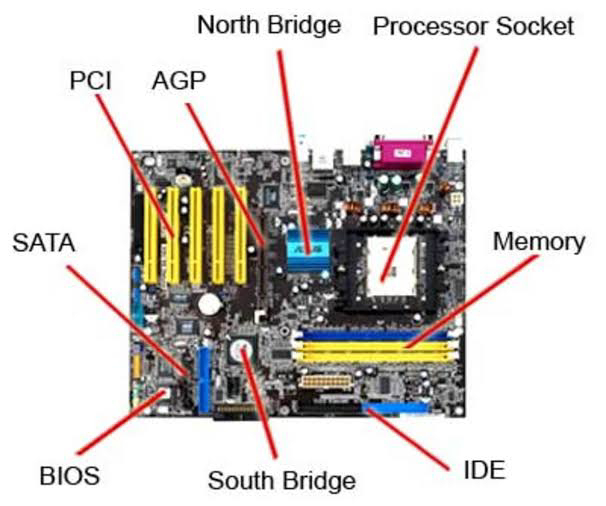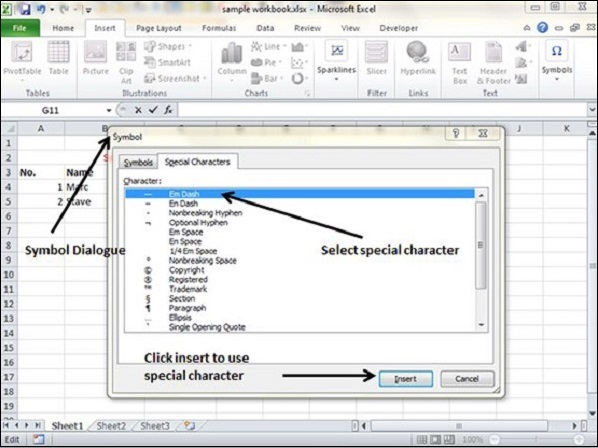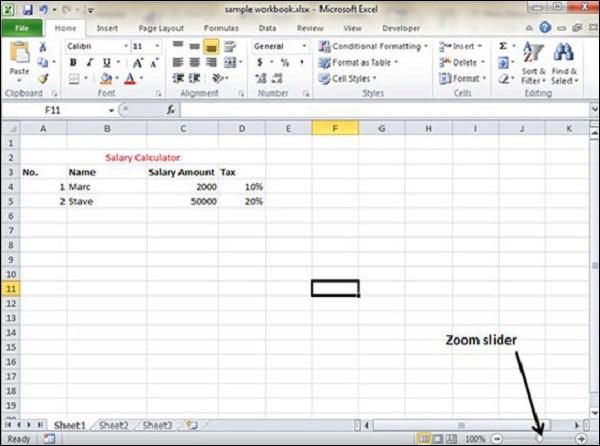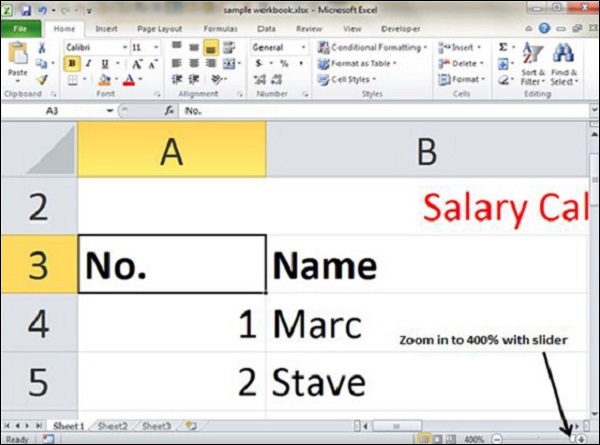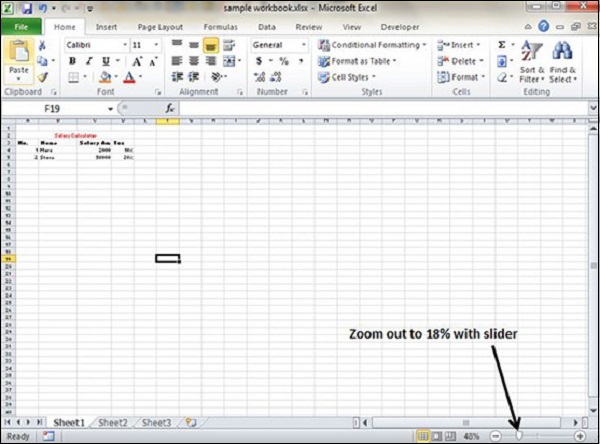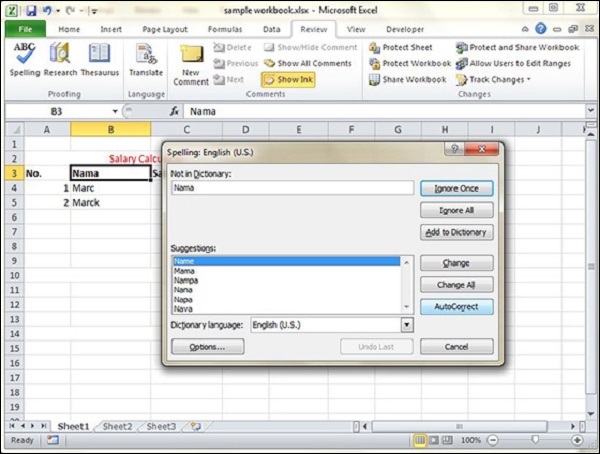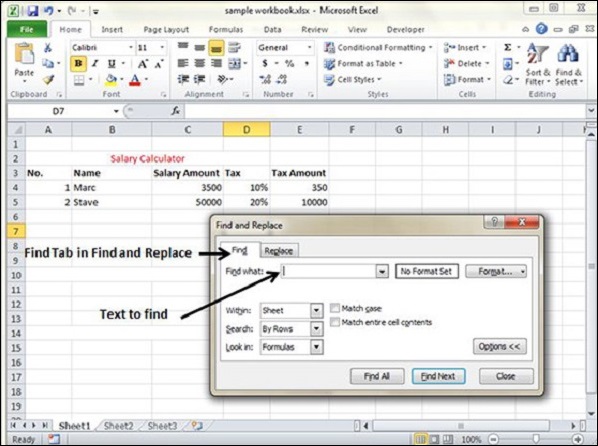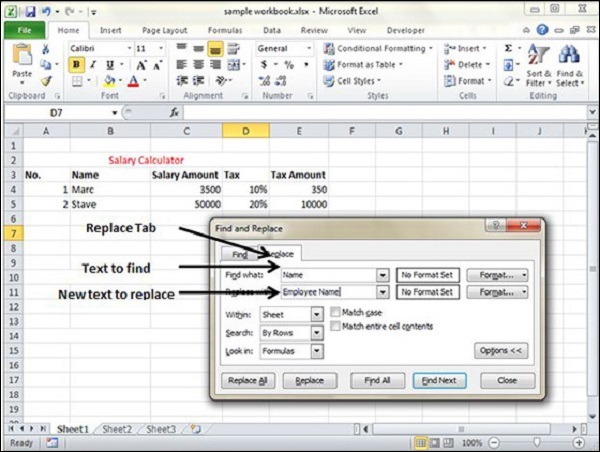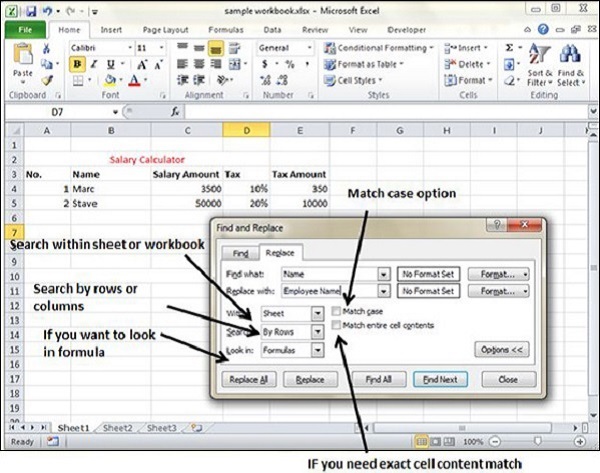
Random Access Memory (RAM) is the part of a computer memory system that stores executable machine code, input data, output data, and intermediate data processed by the processor.
RAM is a volatile part of the computer memory system. The data contained in semiconductor RAM is accessible and stored only when voltage is applied to the memory modules. If the RAM power is turned off, the stored information in the RAM will be lost.
Types of RAM
There are two types of RAM:
- (SRAM) Static memory is an array of triggers.
A trigger is a device that can be in one of two stable states. It switches from one state to another under the influence of an input signal. The active parts of triggers are transistors and logic gates. A group of transistors and logic gates in a trigger occupies more space than a dynamic memory (DRAM) cell.
Static memory is faster than dynamic memory. Therefore, this type of memory is used to build a cache memory inside the microprocessor.
- (DRAM) Dynamic memory consists of an array of capacitors.
A capacitor is a device for accumulating an electric field charge.
A transistor is a semiconductor component that can drive current in the output circuit from a small input signal. It makes it possible to use it to amplify, switch, and convert electrical signals.
Dynamic memory gets its name from the fact that the capacitor charge gradually decreases over time. A single-bit memory cell consists of a capacitor and a transistor. The capacitor can be charged to a high voltage (logic 1) or a low voltage (logic 0). The transistor acts as a key that connects the capacitor to the control circuitry. The control circuitry allows the capacitor charge state to be read or changed. The density of dynamic memory is higher than static memory. This allows more memory cells to be placed on the silicon chip area of dynamic memory modules.
DRAM is slower than SRAM. This is because a capacitor needs to be charged or discharged to change its state. Recharging the capacitor takes more time than switching the trigger. To avoid losing the contents of the memory, the capacitor charge value is periodically regenerated through a time called the regeneration cycle. The regeneration procedure is performed by the memory controller.
Main memory functionality

The data exchange between the processor and RAM takes place using cache memory. The cache memory is managed by a special controller, which studies the running program and analyzes which data may be necessary for the processor in the nearest future. These data are loaded from the main memory to the cache memory in advance and returned, already modified by the processor.
RAM - a device that implements the functions of operating memory. RAM may be located on the same chip as the processor, or be a separate external module. The RAM contains programs, operating system data, user application programs, and the associated program data.
When you turn on the computer, the necessary drivers, special programs, and operating system elements are written to the RAM. Then, the applications and programs to be run by the user are written to RAM.
To retain the contents of RAM, the operating system saves the contents of RAM to a permanent storage device (hard disk drive or solid-state drive) before shutting down the computer.
The number of tasks the computer can perform at one time varies depending on the amount of RAM available.

1 - Processor;
2 - Cache controller;
3 - Cache memory;
4 - RAM;
5 - Paging file.
In case the RAM cells are insufficient, the swap file gets to work. This file is located on a hard disk or SSD. The swap file keeps a record of information that cannot be stored in the RAM cells. The swap file slows down the system considerably since the swap file is slower than RAM.
What is inside a memory module

- The board on which the module components are mounted;
- Memory chips;
- SPD (Serial Presence Detect) - the chip where the basic settings of the module are stored. When you turn on the system BIOS of the motherboard reads the SPD information and sets the time and frequency of RAM;
- Key - This is a special slot on the board which identifies the module type. This slot prevents the board from incorrectly installing into the RAM slot;
- SMD module components (resistors, capacitors). These components provide power control of the chips.
More about DRAM

DRAM memory modules are widely used in computers as operational memory devices.
DRAM is a memory module of a standard design. It consists of:
- A printed circuit board on which the memory chips are located.
- A connector that required to connect the module to the motherboard.
Types of DRAM
- SDR SDRAM (single data rate synchronous DRAM) is a type of DRAM that operates in synchronization with the CPU clock frequency. It has been produced since 1993. The peculiarities of this type of memory are the implementation of a clock generator to synchronize signals and the application of pipeline information processing. Pipeline information processing is the ability to receive (read) a new instruction before the previous instruction is fully resolved (write). This kind of information processing allows more instructions to be executed at the same time. SDR SDRAM has 168 pins and two notches in the connector. Operating frequencies: It operates at 100 MHz or higher on the system bus.
- DDR SDRAM (double data rate SDRAM, or SDRAM II) - synchronous dynamic RAM with double data rate. It has been produced since 2000. It operates similarly to SDR SDRAM, only twice as fast. This type of DRAM can process two read and two write instructions per clock cycle. DDR SDRAM contains 184 pins and one slot in the connector. Operating frequencies are 100, 133, 166, and 200 MHz. The clock frequency ranges from 100 to 200 MHz, and data is transmitted at 2 bits per clock pulse. This means that the effective data transfer frequency is between 200 and 400 MHz.
- DDR2 SDRAM. It has been produced since 2004. It is faster than DDR SDRAM since it can run at higher clock frequencies. It has a large number of pins - 240. Operating frequencies: 200, 266, 333, 337, 400, 533, 575 and 600 MHz. Effective transfer frequencies can be 400, 533, 667, 675, 800, 1066, 1150, and 1200 MHz.
- DDR3 SDRAM is based on DDR2 SDRAM. It has been produced since 2007. It uses the same number of pins as DDR2 SDRAM - 240. It has improved performance due to improved signal processing, higher memory capacity, lower power consumption (1.5 volts), and higher standard clock speed up to 800 to 2400 MHz.
- DDR4 SDRAM - based on previous generations of DDR technology. It has been produced since 2014. There are 288 pins. It is distinguished by higher frequency characteristics and lower supply voltage. DDR4 bandwidth can reach 25.6 Gb/s, in case the effective frequency is increased to 3200 MHz. Secure DDR4 performance is assured by the implementation of a parity mechanism on the instruction address buses. Operating frequencies: A range of 1600 to 2400 MHz was originally set, with the possibility of increasing up to 3200 MHz.
- DDR5 SDRAM - based on the technologies of previous generations of DDR. It has been produced since 2020. The number of pins is 288. It is featured by higher frequency characteristics, maximum module volume, and lower supply voltage. The module bandwidth reaches 32 GB/s, with a maximum effective frequency of 8400 MHz.
DIMM connectors on the motherboard
DIMM is a DRAM memory connector (form factor) that has latches on both ends. These connectors have a different number of pins that are compatible with specific memory module pins.








